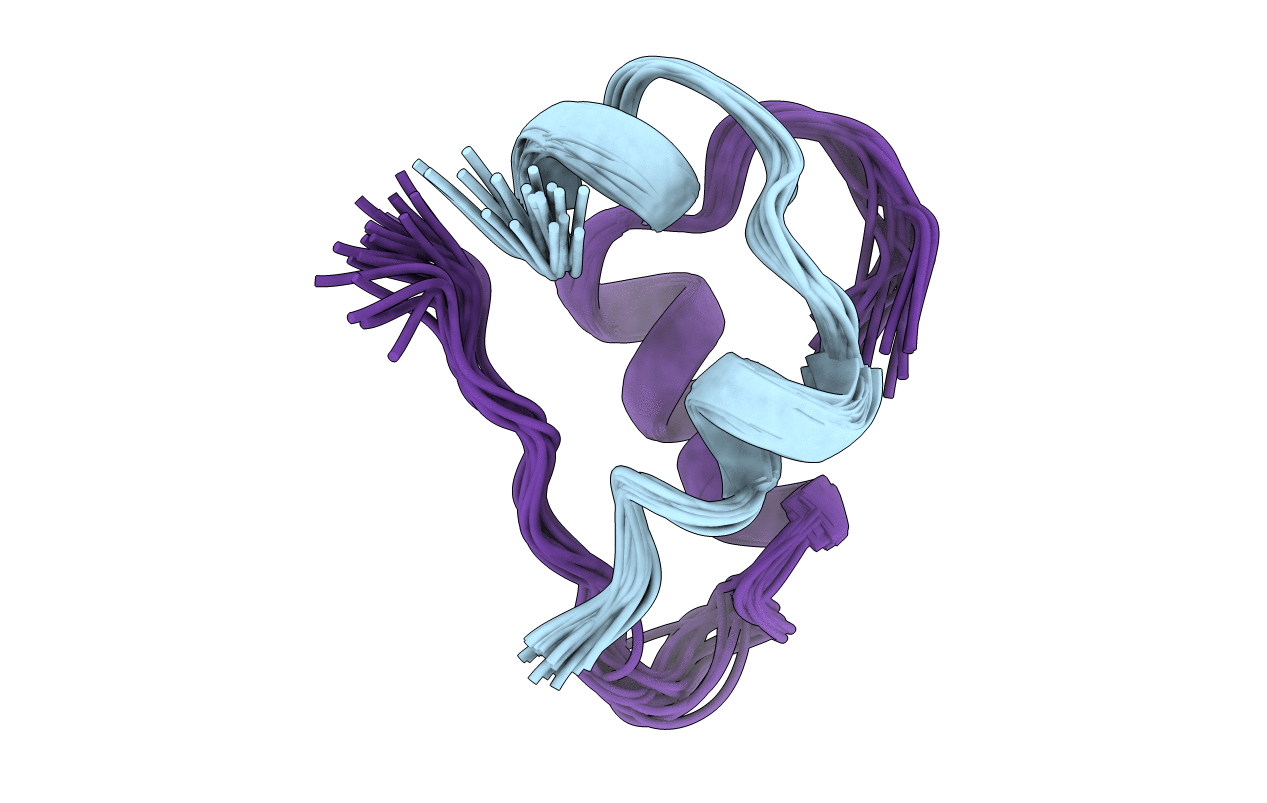
Deposition Date
1997-10-09
Release Date
1998-03-18
Last Version Date
2024-10-30
Entry Detail
PDB ID:
1SJT
Keywords:
Title:
MINI-PROINSULIN, TWO CHAIN INSULIN ANALOG MUTANT: DES B30, HIS(B 10)ASP, PRO(B 28)ASP, NMR, 20 STRUCTURES
Biological Source:
Source Organism:
Homo sapiens (Taxon ID: 9606)
Method Details:
Experimental Method:
Conformers Submitted:
20


